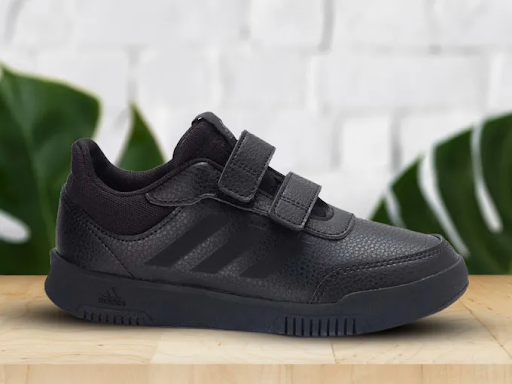Zero-Click Searches in 2025: How to Still Get Traffic

It’s 2025, and Google is giving more answers directly on the results page than ever before. If you’re noticing fewer clicks despite solid rankings, you’re not alone — zero-click searches are the reason.
But here’s the good news: you can still get traffic. This guide breaks down how zero-click works and proven strategies to win back your audience.
🚨 What Are Zero-Click Searches?
A zero-click search happens when the user finds the answer without clicking any link — thanks to:
-
Featured snippets
-
Knowledge panels
-
People Also Ask (PAA) boxes
-
Local packs
-
AI snapshots (new in 2025)
📉 In 2025, over 65% of searches on Google end without a click.
🔎 Why Is Google Doing This?
Google is focused on user experience. If people can get answers quickly, they stay loyal to Google — not necessarily your blog.
While frustrating for bloggers, this shift opens new doors if you understand how to adapt.
👀 What Kinds of Content Are Most Affected?
-
Definitions & “what is” posts
-
Short facts or lists
-
Simple “how to” steps
-
Currency, date, and location lookups
-
Quick calculators or converters
These get scraped into Google’s own boxes — killing click-throughs.
✅ How Bloggers Can Still Get Traffic in 2025
1. Go Beyond the Snippet
Write your content so it gives a taste in the snippet — but the full value is deeper.
Example: Offer step 1 in the snippet, and deeper tactics or tools in the post.
🔧 Use this format:
“Here’s the short version — but now let’s dive into the full strategy.”
2. Optimize for Featured Snippets — Then Expand
Yes, try to win featured snippets, but use them as hooks, not the full answer.
Prompt ChatGPT:
👉 “Write a featured snippet-style answer (40-50 words) to [your topic]. Then write an in-depth explanation with examples.”
3. Create Visual or Downloadable Assets
Offer checklists, templates, tools, or infographics that can’t be displayed on Google SERPs.
✅ Add buttons:
-
“Download full SEO checklist”
-
“Free blog content calendar (PDF)”
These drive clicks and conversions, not just impressions.
4. Target Low-Intent or Mid-Funnel Keywords
Instead of “What is on-page SEO?”, target:
-
“Best on-page SEO tools 2025”
-
“On-page SEO strategy for affiliate blogs”
-
“On-page SEO vs. off-page SEO for beginners”
These require deeper research, so users are more likely to click.
5. Own the People Also Ask (PAA) Box
Write content that answers common follow-up questions, not just the primary query.
Structure your content like:
Use tools like AlsoAsked.com or Answer The Public to find these questions.
6. Add Real Value (E-E-A-T)
Google won’t summarize things like:
-
Personal case studies
-
Reviews of tools you’ve actually used
-
Industry predictions
-
Interview quotes
Make your content uniquely human and experience-based.
7. Capture Visitors with Smart CTAs
Once someone visits, make it count. Don’t let them bounce.
Add:
-
Internal links
-
Sticky CTAs
-
Email opt-ins
-
“Read next” suggestions
📥 Even if you get less traffic, make more out of each visit.
📊 Example: How One Blog Reclaimed Lost Clicks
A blogger in the SEO niche lost 30% traffic to zero-click features. But by:
-
Updating 20 articles with deeper guides
-
Adding CTA buttons to download checklists
-
Embedding videos & infographics
-
Answering 5 PAA questions per post
They regained 50% of that lost traffic in 2 months — plus gained more email subscribers.
🛠️ Tools to Help You Adapt
| Tool | Use |
|---|---|
| AlsoAsked | Find follow-up questions |
| ChatGPT | Generate snippet answers + deeper explanations |
| Canva | Build infographics and downloads |
| Surfer SEO | Content optimization based on SERPs |
| Google Search Console | Track impressions vs. clicks |
✅ Final Thoughts
Zero-click searches are here to stay — but they don’t mean zero opportunity.
Think beyond clicks. Focus on:
-
Adding deeper value
-
Offering things Google can’t display
-
Creating reasons for people to visit AND stay
If you embrace this shift early, you’ll be far ahead of bloggers stuck in 2019 tactics.










